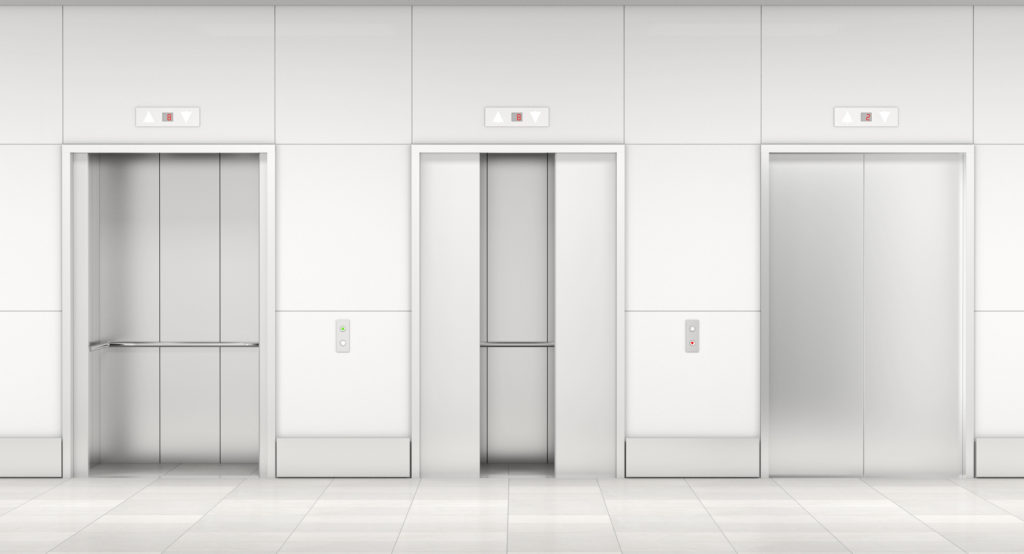
More than 400,000 elevator inspections conducted between 2017 and 2019 shows 2,127 instances where elevators were given “satisfactory” or “no violation” ratings by private inspectors — only to attract violations issued by the NYC Department of Buildings in the next 90 days. We know elevator contractors are working hard to keep the elevators in New York City safe, so why is this happening?
Every passenger elevator in New York City undergoes a pair of annual inspections but in thousands of cases, elevators are passing those inspections only to be tagged with city-issued violations in the days and months immediately thereafter. This raises the question, is there something wrong with the system?
TRAGIC ACCIDENTS
Of the 35 million elevator trips that New Yorkers take everyday, most don’t go wrong. But when they do, it can be horrifying. Samuel Waisbren, a 30-year-old resident at the Manhattan Promenade , was crushed to death when the elevator he was exiting malfunctioned. He was crushed against the lift shaft between the lobby and the basement floors and was pronounced dead at the scene. The deadly accident unfolded just three weeks after the elevator passed an inspection conducted by a company called LCD Elevator. The scheduled test conducted by elevator technicians involved an “exhaustive review of all the elevator’s safety systems, including the brakes,” according to the city’s Department of Buildings. The inspectors found no violations or deficiencies and approved the elevator for service.
Another incident that occurred in 2015 was equally as horrifying. Eran Modan was stepping into an elevator when the brake gave way, causing the elevator to fall with the doors still open. In a panic, he turned to jump back up to the quickly disappearing lobby floor, but the car continued its descent and its ceiling landed on him, crushing his head and torso. Residents of the luxury rental building had been wary of the elevator and its unexpected jerks. Despite complaints filed with the city’s Department of Buildings in 2012, the agency’s experts found nothing wrong in follow-up inspections of the unit. P&W Elevators, the company that did maintenance on the lift regularly and conducted annual safety tests, flagged no issues with the agency. Six months after Modan died, an investigator found that the elevator’s brake wasn’t functioning properly.
A SNAPSHOT IN TIME
Some say it’s unfair to hold an inspector accountable for predicting all the problems an elevator might experience in the months after an annual inspection. The idea of an inspection that’s a snapshot in time and that tells you what the condition was on that particular day. Timothy Hogan, the Department of Buildings Deputy Commissioner of Enforcement, said the city’s elevator safety record is “fantastic.” Hogan says, “We have 70,000 plus elevators in this city. They do over a billion trips a year and in the last 3 years we’ve had one fatality, an unfortunate incident. But if you look at the overall number incidents and accidents that we have with our elevators, it’s probably the safest mode of transportation that you have anywhere.”
How can inspectors and elevator contractors make sure these incidents don’t keep happen? It’s hard to find a solution to a problem with an unidentified cause. At this point, we will have to wait for future developments in the elevator world to ensure the safety of all elevator mechanics and passengers going forward.
FIELDBOSS stays current on industry trends to keep you informed on what’s happening in the elevator world. Read our blog and sign up for our newsletter for all the latest news.
#ElevatorIndustryChallenges #Elevatorsafety #NYCElevators #NYCInspectionsViolationsManagement